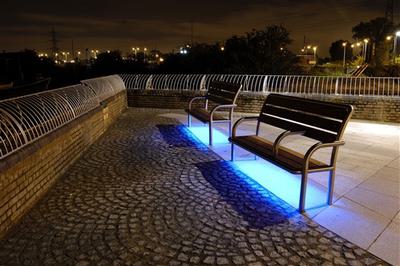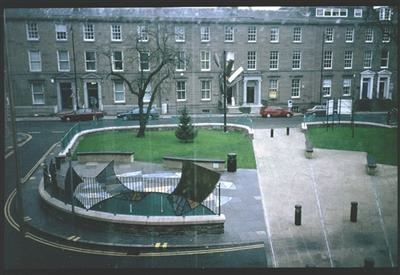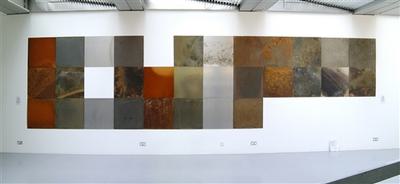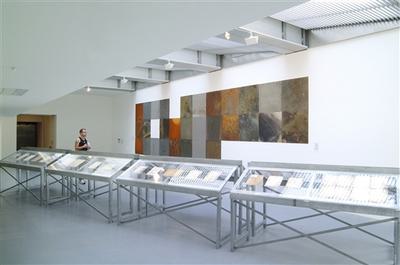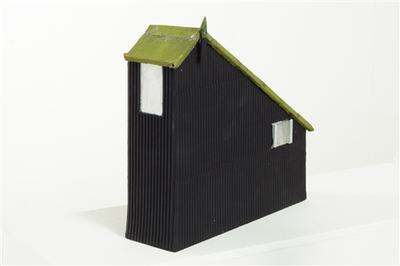Jill Randall
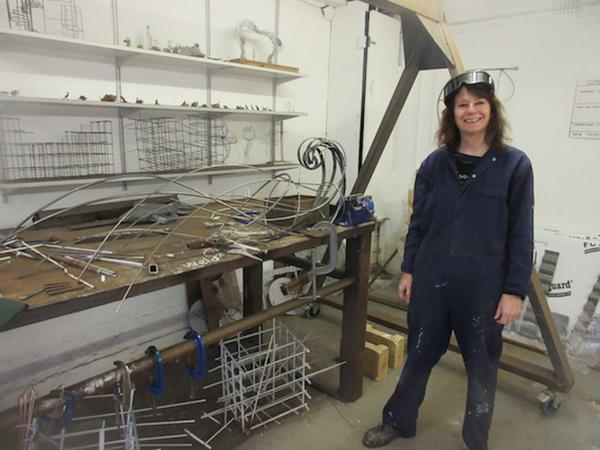
Jill Randall's work is firmly rooted in contemporary sculpture and installation practice, making and materiality, and comprises objects, installation, prints and drawings. Much of the work is site-specific, and has included large-scale public art projects involving partnership working with architects, landscape architects and engineers. Randall's work investigates the nature of time through the dual preoccupations of archaeology and alchemy, and recent projects have involved collaborations with scientists and industrial processes, including Residencies at a magnesium factory, a copper mine, and a Natural History Museum. These Residencies have become increasingly important as the starting-point and driver of the work. Conceptually driven, the work exploits the qualities and associations of materials, currently metals and found objects, and often involves the recycling of materials invested with history and narrative through their past use. It often reveals the sublime and beautiful, the poetic and resonant in bleak and unpromising environments, and involves making work with and from post-industrial, 'toxic', or 'spoiled environments. Jill Randall is interested in the harnessing of this post-industrial legacy to create artworks, and to use contemporary fine art as an alternative perspective on industrial heritage. Jill Randall has created several interventions in industrial environments, going as an artist into non-art situations and responding to the place and the people, a process the artist describes as “slow burn”, often resulting in collaborative new works with the workforce and industrial processes.This work is often about reinventing and reinvesting the forgotten and neglected, revealing the underbelly of place and people, and makes connections between apparently disparate objects and places. Jill Randall enjoys playing with, and subverting the conventions and values of modernist abstract sculpture, the 'truth to materials' and the autonomous art object. It questions notions of material value, and reveals an interest in the unfinished and incomplete, the broken and damaged. It celebrates the aesthetic of ugly and abject, improvised and 'ad hoc'.
Helping Artists Keep Going
Axis is an artist-led charity supporting contemporary visual artists with resources, connection, and visibility.

